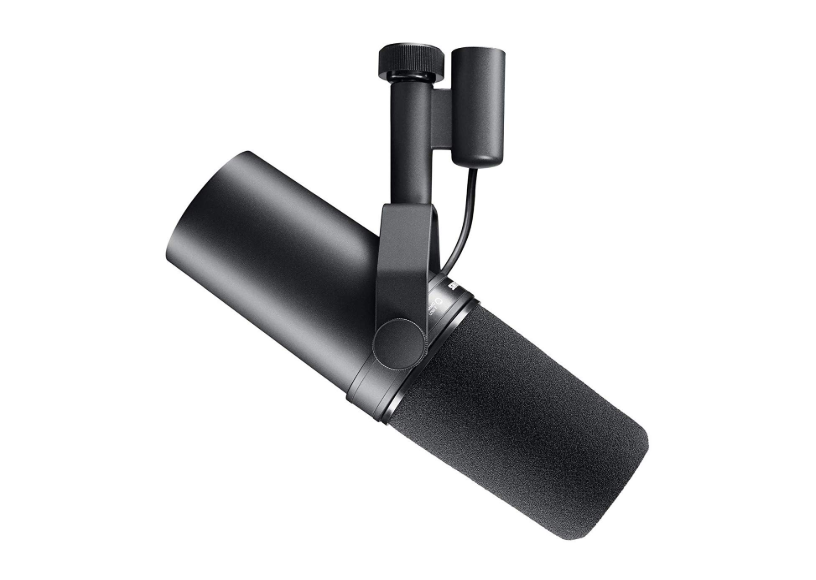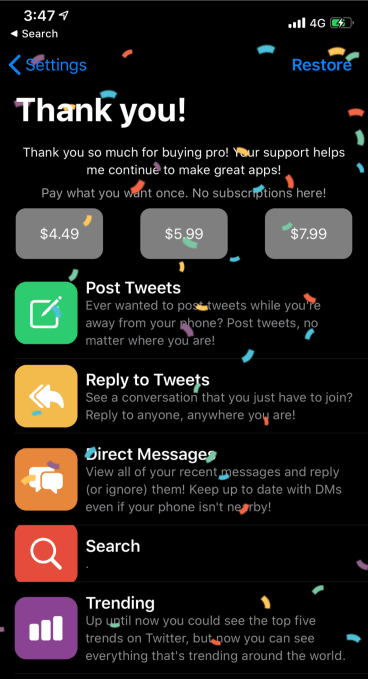Welcome to TechCrunch’s 2019 Holiday Gift Guide! Need help with gift ideas? We’re here to help! We’ll be rolling out gift guides from now through the end of December. You can find our other guides right here.
Spotify reportedly spent nearly $500 million on podcasts in 2019. The good news is that the rest of us can get into that world for considerably less. In fact, the low barrier of entry has always been one of podcasting’s primary selling points.
Before we go any further, I’d recommend everyone check out our on-going series “How I Podcast,” in which top podcasters give a peek behind the curtain at their podcasting rigs. The standard disclaimer applies here, as ever: there’s no one size fits all solution to any of this. One’s needs will vary greatly depending on how much you’re willing to spend and what the recording setup is (remote vs. in-person, the number of guests you usually have, etc.)
If you’re just getting started, just start. You don’t need high end mics or mixing boards — even if you’re just recording into your iPhone, it’s better to get the ball rolling than to worry about perfect fidelity right off the bat.
But for you or anyone on your list who’s looking to get a bit more serious about podcasting in 2020, this should be a good place to start. It’s easier than ever to make a show sound professional, one upgrade at a time. What follows is a selection of software and gear for anyone looking to step up their game.
(Oh, and while we’re talking about podcasts… check out my weekly interview show, RiYL)
Zencastr Subscription $20/month

There are a ton of different compelling software choices for today’s podcaster, including Spotify’s Anchor for real beginners, up to Adobe’s Premier for the pros. For remote recorders, I recommend Zencastr. Our own Original Content podcast uses the software, and I’ve had pretty good experiences with its real-time audio levels and cloud-based recording. Gone are the days of hacking something together out of Skype calls.
Rodecaster Pro $599

Introduced last year, the Rodecaster Pro is the most expensive item on the list, but it also just might be the most indispensable for anyone looking to set up an at-home studio. It’s a brilliant little multitrack board, and quite frankly, I’m surprised there isn’t more competition in this space yet. For the beginning podcaster up through everyone who’s ready to sign a contract with NPR, the Rodecaster is a terrific, user-friendly solution for recording more than two people face-to-face.
Zoom H4N PRO Digital Multitrack Recorder $200


When my Tascam finally gave up the ghost earlier this year, I decided to try something new. I’m glad I did. While it’s true that most of these multitrack records haven’t changed much in the past decade, Zoom offers a couple of key advantages. Most notable is far better real-time level tracking. I produce my podcast on the fly as I’m recording, and the ability to quickly monitor volume at a glance is paramount. I take the H4N with me wherever I travel, along with a pair of external mics.
AKG Lyra $149

Logitech’s Blue has had the USB market cornered for some time now, but Samsung-owned AKG offers compelling alternatives at an even more compelling price. The $149 Lyra is certainly the best looking of the bunch. It’s got a USB-C input, real-time monitoring and far clearer settings for a variety of different recording methods. I’ve been playing around with the mic a bit and will offer a more thorough writeup soon, but in the meantime, I can attest that it’s a great sounding mic for remote recordings.
Blue Raspberry $149

The Lyra’s biggest drawback, however, is its size. Blue’s Raspberry can’t compete on the sound front, but it’s far more portable. More than once I’ve found myself sticking it in a backpack and a suitcase. Blue also offers up a mini-version of the Yeti at a fraction of the price, but this older Blue mic simply sounds better.
Shure SM7B $399

At about twice the price, the Shure SM7B is a bigger commitment than the previous options. But as the choice of pro-level podcasters all over, Shure’s mics are a studio gold standard. The more portable SM-57s are also a terrific (and lower cost) option for more portable rigs. You’ll get a great sounding show either way.
Sennheiser Momentum $190

Whether it’s for editing or just minimizing echoes during interviews, you’ll want a good pair of headphones. There’s no shortage of over/on-ear options, but I’m partial to these Sennheisers for their combination of sound, price and classic good looks.






